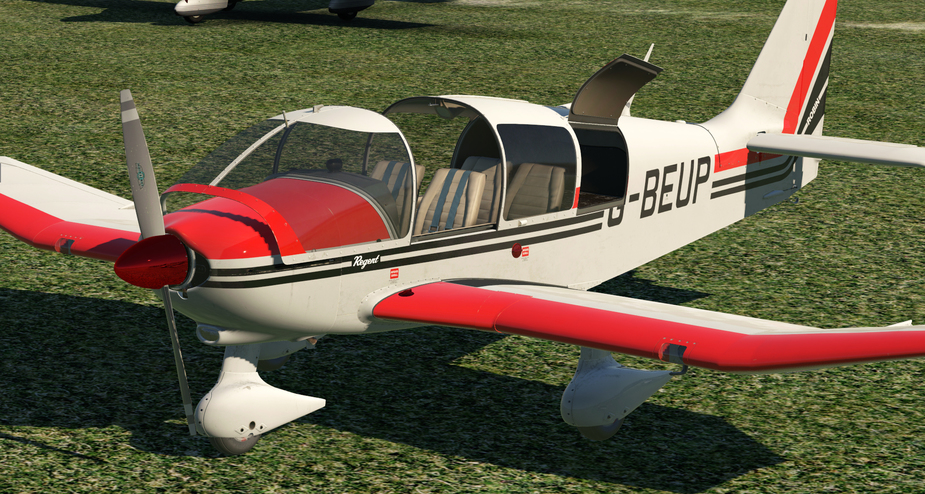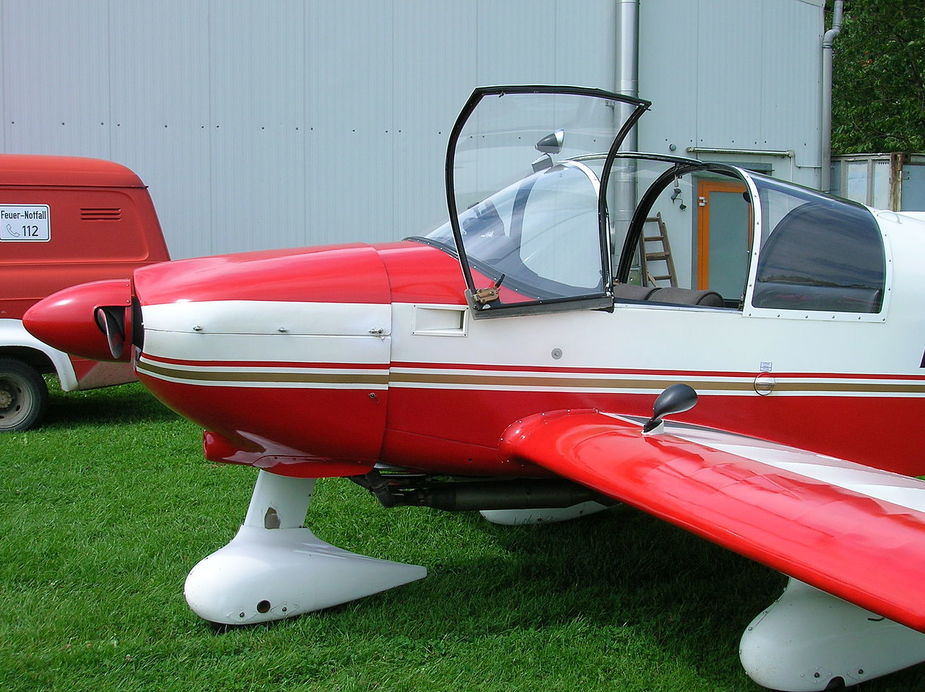It is interesting to see how much (or how little) jigs and tools are used.
Socata had lots of tooling for bending and pressing sheet metal. This was mostly in-house. They also used a lot of jigs so e.g. all doors were the same size. They also used a lot of CNC machining.
Robin are much more handmade despite having achieved similar fleet sizes (around 2k) as Socata. Each door is custom made and does not fit another Robin of same type.
What did Cessna and Piper use? With those volumes they must have used jigs. What about Beech and Mooney? Mooneys were famously handmade but they achieved fleet sizes 5x bigger than anything from Europe.
What Robins are you talking about with doors?
I have deriveted the tailcone of a Cessna fuselage, and replaced it with the same part from the same model, 12 years newer, and all the rivet holes lined up perfectly! That part was certainly jig drilled! Though other Cessna parts I have encountered plane for plane, in the same model year, had holes in a slightly different place, so were seemingly drilled in place. Most Cessnas jig up very well for rebuild, and although a new skin may be required, they go back together well (and doors fit!). Later Cessna 210s jig less well, as they do not have wing struts nor fixed gear leg mounting points. Though the Cessna manual tells you to obtain a fuselage jig from the factory, it seem no longer available. I had to design a jigging method when we changed the wing spar of a 210. While doing so, and having the fuselage held very precisely, we then found that the horizontal stabilizer was 2 degrees off in the roll axis, so we corrected that too!
I test flew a Cessna 206, which demonstrated very unsafe flying characteristics, to find upon investigation that the horizontal stabilizer was installed with a 1.5 degree angle if incidence error. There is not adjustment for this. Though there was no log entry for repair work there, I have to assume that someone had repaired the fuselage back there, and got it wrong. It took a lot of tweaking of elevator travel and stops, and elevator trim, and resulting test flying to make it fly right. We did, and I approved it, but it was a big job!
My uncle was a final production manager at Piper in Vero Beach. During a tour, he pointed out to me that some low wing Pipers had the rear spar to fuselage attaching bolt drilled and reamed on the plane, so were unique to that plane.
I’ve found other examples of production airplanes where a feature was “hand made” and thus unique (and sometimes wrong), where either jigging, or really good final inspection would have shown a defect which should not have been there!
gallois wrote:
What Robins are you talking about with doors
DR200, DR220, DR250, DR253, DR300, DR315, DR340, DR360, DR380…. and derivatives
You can’t really call those doors can you?😃 I think of them more as windows and I might be wrong but most of them would be difficult to manufacture using modern techniques. But I may be wrong. A 3D printer might make them very easily (not that I know anything about 3d printing).
I have helped to make similar doors/windows for Jodel of various types. All done by hand.
The DR400 has a canopy that slides forward on rails. The 180hp version and new-production DR401 have a baggage door.

The older models (everything except DR400, 500, 401) have a tube frame holding a blown plexiglass sheet, with hinges at the front and a latch and pin at the back. Sometimes the top part is painted opaque, and has soundproofing.

I say verrière, maybe ‘canopy door’ 
I don’t know if they are interchangeable. I’ll skim-read the Robin bible to see if it mentions jigs.
As some will known, the design of post war Cessna light planes was originated by buying and copying a Luscombe to produce the 120/140. Other models grew from there. But there was one big difference in that Cessnas were much, much more tooled up. Being more industrialized and capitalized is why Cessna ‘took over’.
I built a Van’s RV-8 and the parts that are computer-controlled machine pre-formed and match drilled simply cleco together with no jig needed. The newer kits like the RV-14 are even better – all the holes are pre-drilled to the exact right size, so they just need to have the edges deburred, clecoed together, and riveted.
These changes in kit manufacturing will greatly reduce build times, and increase quality. I assume that these developments are also being implemented by some of the higher volume certified aircraft factories.
eurogaguest1980 wrote:
I assume that these developments are also being implemented by some of the higher volume certified aircraft factories.
I think Vans make much higher volumes than any certified manufacturer… Others have gone all glass/carbon etc. Funny thing, just watched a Youtube video about WWII aircraft. Russian aircraft used lots of wood in the construction. American aircraft were all aluminium. The reason the Russian used wood was logistics. Wood was readily available there and then. The drawback with wood was added weight. I have always thought wood would be lighter, but there you go. When thinking about it, certified glass/carbon aircraft are also very heavy, like for instance Diamond. A bit odd.
I think the carbon/Fiberglass aircraft are generally heavier due to safety factor. They could be lighter, but the design was conservative. In the future this may improve.
For example my Uncle built a Lancair Legacy FG (glass fibre) but it is heavier (1550lbs?) than an RV 7 o RV14 (1300lbs?). It looks good, has two substantial spars, but is not super light.
On the other hand a Rutan Varieze is pretty light, but that was a wet layup, so it could be better.